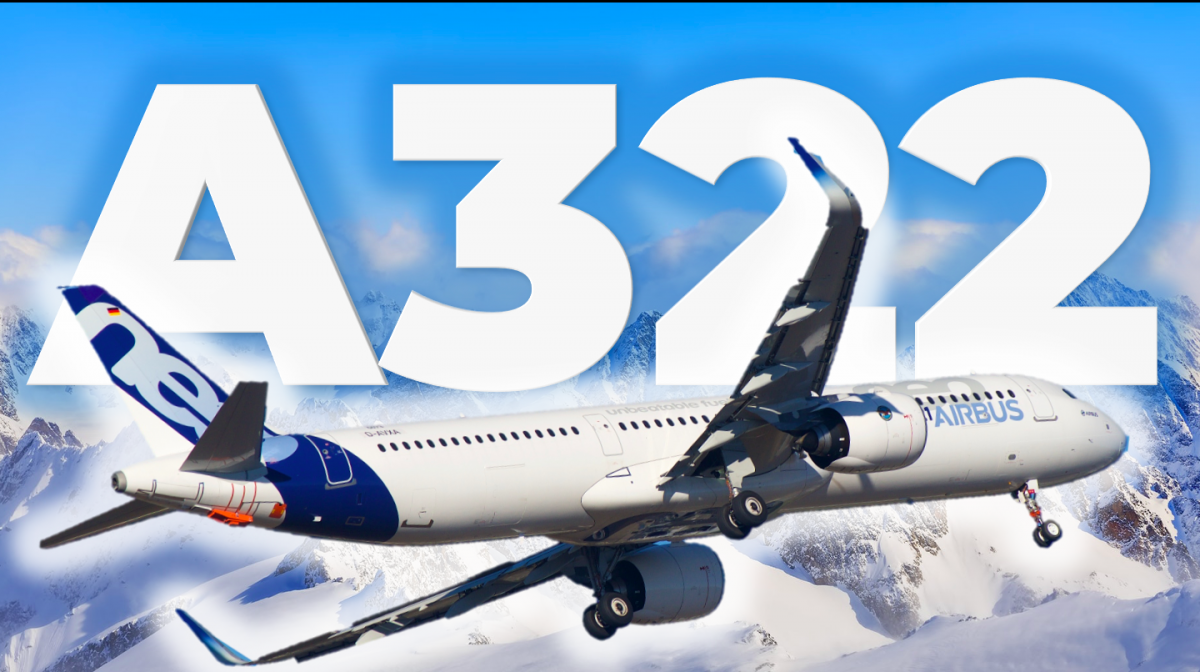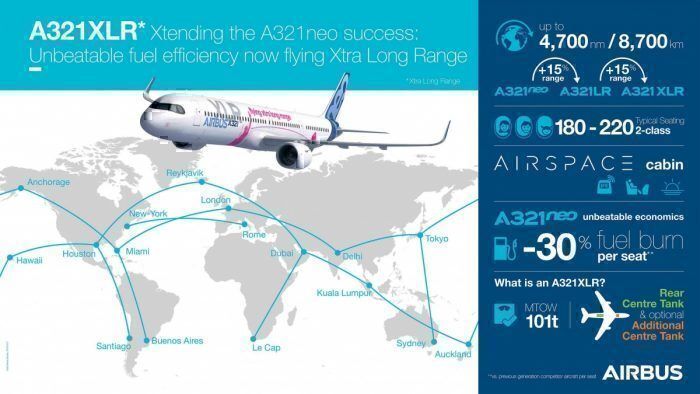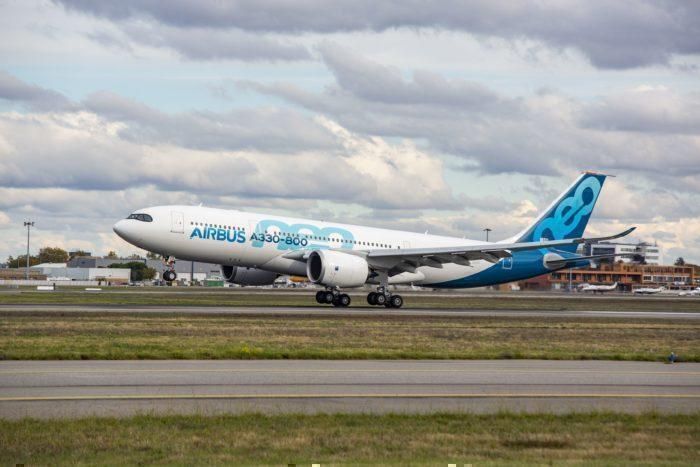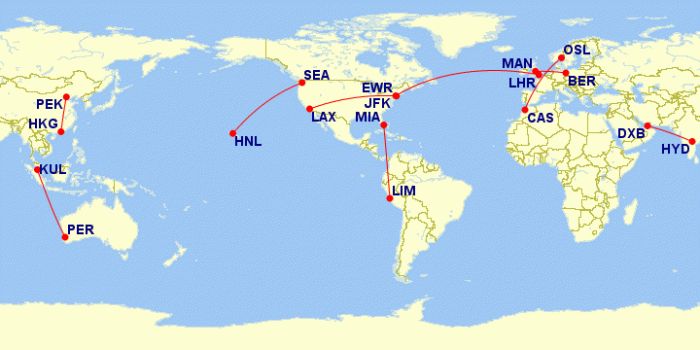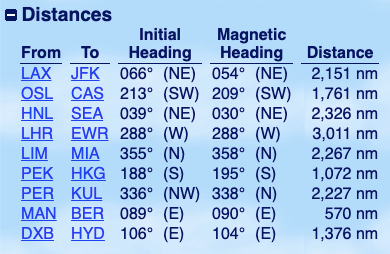Airbus could build a new aircraft, the A322, to fix the 'middle of the market' problem. It would be based on the A320 platform, with the improvements developed during the A321XLR program and better designed for medium-haul routes.
You can watch a video about this topic below:
The middle of the market problem
Essentially, the middle of the market is a gap between short-haul smaller single-aisle aircraft (Like the Boeing 737 or Airbus A320) and widebody long-haul aircraft (Like the Boeing 777 or Airbus A350). Airlines either find themselves operating aircraft with too few seats (and thus not making much money) or too many seats (not enough passengers).
The sweet spot seems to be around the 5,000 nautical mile range and carrying 220-270 passengers.
Originally this market was catered to by the Boeing 757 series, which has since been discontinued and outmoded by newer, fuel-efficient aircraft.
Both Airbus and Boeing have approached this demand from airlines in different ways.
Airbus has developed two aircraft in a 'left hook' and 'right hook' way. They have reached up into the gap with the Airbus A321XLR, which is a single-aisle long-range aircraft that can carry 220 passengers to a range of 4,700 nautical miles.
Airbus also reached downwards with their A330-800neo aircraft, which carries 257 passengers in a two-class configuration just over 8,000 nautical miles. However, this widebody aircraft has not been popular and only got a single sale by a national airline recently.
Boeing has been cautious with its approach to the middle of the market problem, with rumors of a Boeing 797 variant to fill the gap. However, this wide-body cheap airframe to meet market demand was recently pulled by the new CEO at Boeing.
You can watch a video about this below:
What is the Airbus A322?
You might have noticed that in the Airbus line there still is a gap between 220 passengers and 250 passengers. This is where the new (and rumored) Airbus A322 steps in.
Airbus had considered building a further stretch of their Airbus A321 previously, but the engine technology simply didn't exist back in 1997.
"I don't think there will be a stretch of the A321: it would simply trade range for payload," - Airbus Spokesperson said to Flight Global in 1997.
But today, new engines and 20 years of research tells a very different story. Using data developed in the A321XLR program, Airbus would be able to keep the roughly same useful range but increase the take-off weight of the A321 series. The further four-meter stretch of the A321 airframe would need a takeoff weight of only an extra 1.2 tons, and allow up to five new rows of seats (around 30 more passengers and luggage).
The A322 would have a useful range of around 3,500 nautical miles, but carry up to 250 passengers in a single-aisle all-economy configuration. This would make the aircraft useful for 90% of commercial flights, such as Hawaii to Seattle, Los Angeles to New York, New York to Manchester, London to Berlin, Dubai to Mumbai, Bejing to Hong Kong, Kula Lumpur to Perth and Melbourne to Sydney.
An extra fuel tank version of the A322 could be developed like A321LR and XLR, to eventually increase the range up to 5,000 nautical miles. Additionally, a tight all-economy aircraft could carry up to 260 passengers for low-cost-carriers.
The aircraft would also cost around 50% of its twin-aisle counterpart the A330 ($259M list A330neo vs. $130M for A321), bringing wide-body profits with narrow-body costs.
This new aircraft would require a longer runway than the A321 series, but as it would be flying to airports that regularly take A330s or Boeing 777s, it would hardly be at issue.
It would be produced on the same production line as the A320 series, cheaper than building an all-new white paper design and could be flying within the next five years. The Airbus A322 makes so much sense that likely it is closer than you think.
Do you want to fly onboard the A322? Let us know in the comments.

